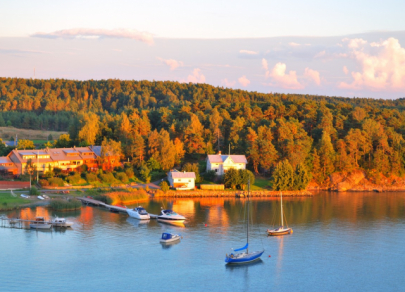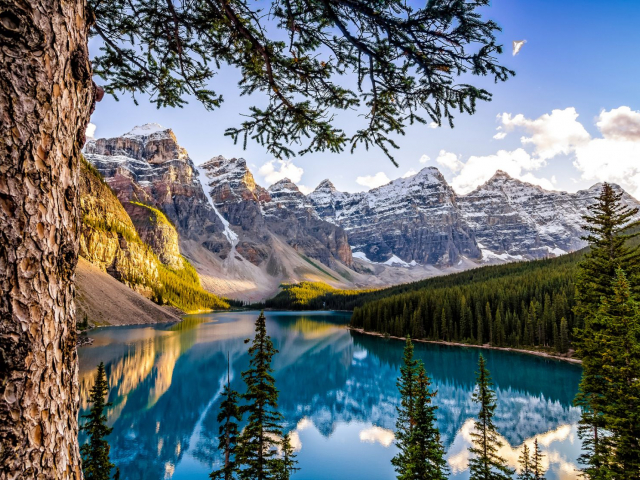
Top 5 weakest currencies worldwide
When it comes to currencies, most of the focus typically centers on strength and purchasing power. However, the global economy is also home to currencies that have suffered extreme depreciation. In this article, you will find out about the world's weakest currencies by value











































